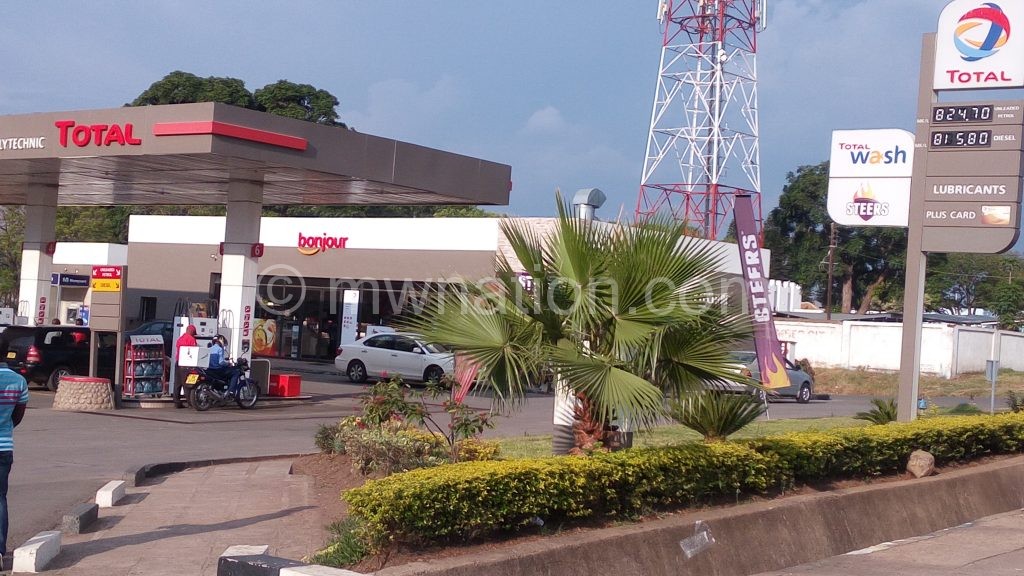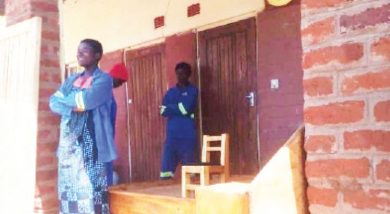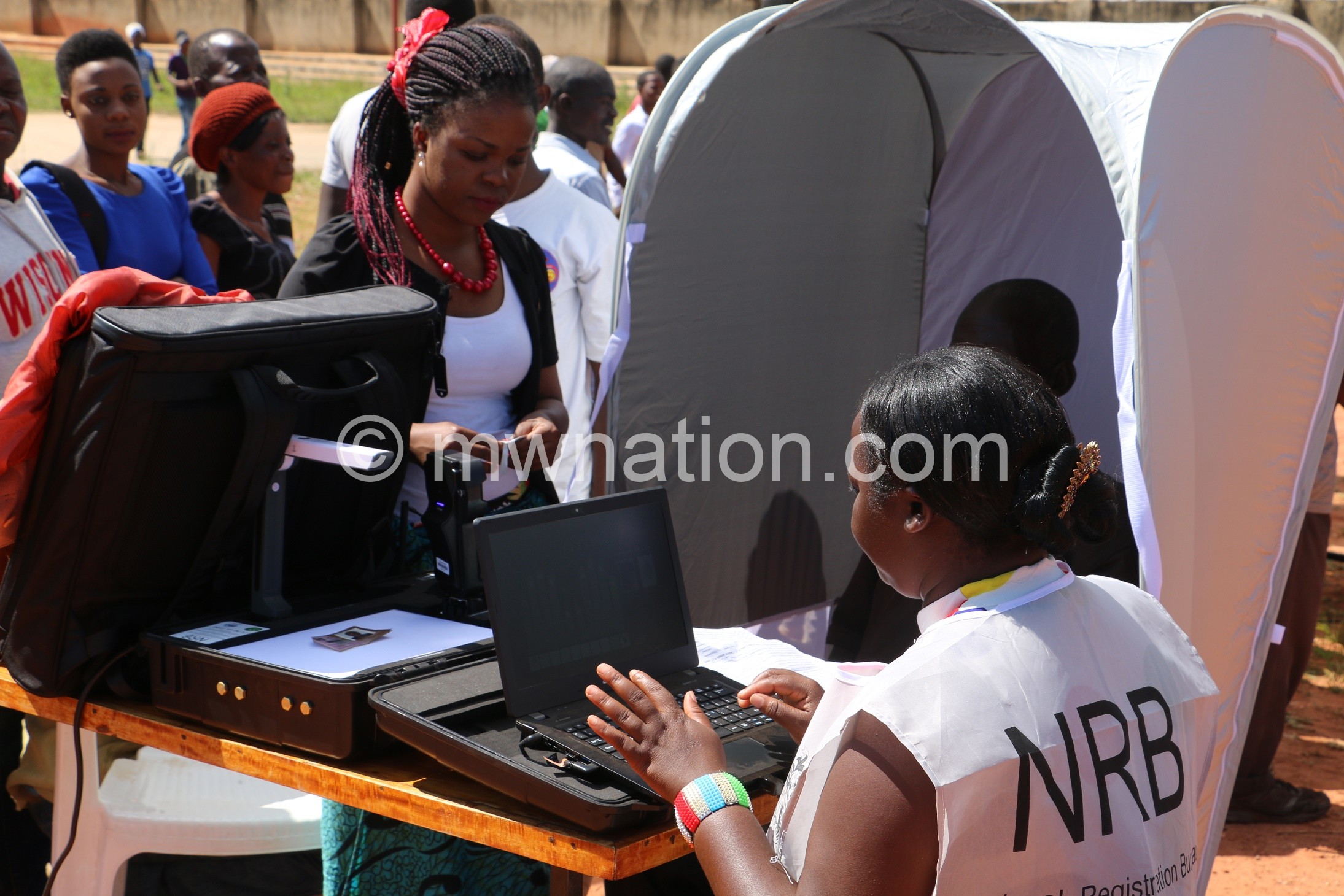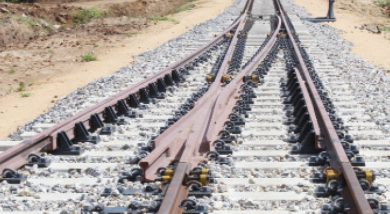Price raise fuels panic
Panic is the prevalent reaction to yesterday’s fuel pump price increase among Malawians who had gone 20 months between November 2016 and July 2018 riding in the luxury of stable prices.
However, the fuel consumers’ fortunes have suddenly changed as the Malawi Energy Regulatory Authority (Mera) has effected a third pump price hike in as many months.
The trend has sparked fear from Consumers Association of Malawi (Cama) of more tough times ahead while the Economics Association of Malawi (Ecama) hopes the trend would be temporary to preserve economic gains.

Under the new price structure, a litre of petrol is fetching 6.2 percent more from K932.50 to K990.50, diesel has gone up by 6.9 percent from K935.60 to K990.40 and paraffin is now selling at K785.80 from K735.30, a 3.93 percent hike.
In contrast, global oil prices have gone down this week but, according to Mera, the effect of the downward trend in world oil prices can only be considered at the next petroleum pricing review meeting as Malawi considers “the one month-minus-one mechanism” which entails that developments in a previous month when the product was bought determine the prices.
In a written response, Cama executive director John Kapito condemned the pump price increase, saying it would push consumers into more misery as they are yet to recover from the two previous two increments which triggered reciprocal hikes in prices of goods and services.
He said: “Life is already unbearable for consumers and this means as we get close to Christmas, life will be even tougher as fuel prices change everything about consumers’ disposable incomes.
“It is unfortunate that Malawi is a landlocked country which relies on imports for most basic products which means the poor will get even more poorer.”
Kapito argued that the Price Stabilisation Fund (PSF) in the petroleum price build-up and the strategic fuel reserves should have cushioned consumers from price adjustments.
Reacting to the increment yesterday, Ecama president Chikumbutso Kalilombe said the price hike would have a direct bearing on the economy.
He said: “Obviously, there is an impact on the economy in terms of inflation which impacts even on individuals. Further implications can be on macroeconomic factors such as interest rates.
“We hope this is a temporary trend and that reversals will be experienced in the near future…”
But Mera chief executive officer Collins Magalasi said the fuel price increase has been triggered by a rise in the costs linked to the procurement of the petroleum products.
He also said the PSF was dwindling prompting Mera to push the increase to consumers to replenish the fund.
Said Magalasi: “Mera has been passing on just 50 percent of the increase to the consumers in all the three fuel adjustments. This means instead of initiating a 100 percent fuel hike, Mera has been effecting it at half [50 percent].”
Malawi adopted an automatic pricing mechanism (APM) in May 2012 which entails prices going upwards or downwards in the event of set variables, notably in-bond landed cost of fuel, the exchange rate and world oil prices, changing by plus or minus five percent. But Mera’s statement announcing the new price yesterday showed that the kwacha depreciated by 0.57 percent between July and October while landed costs of diesel and paraffin increased by 3.64 percent and 3.94 percent, respectively and petrol declined by 1.80 percent compared to the average in September.
Both Magalasi and the Mera statement fell short of justifying the increase in the wake of the APM trigger factors being below the five percent value.
Earlier this month, Malawi Confederation of Chambers of Commerce and Industry (MCCCI) said fuel price hikes threaten economic gains as they have the potential to slow down growth.





